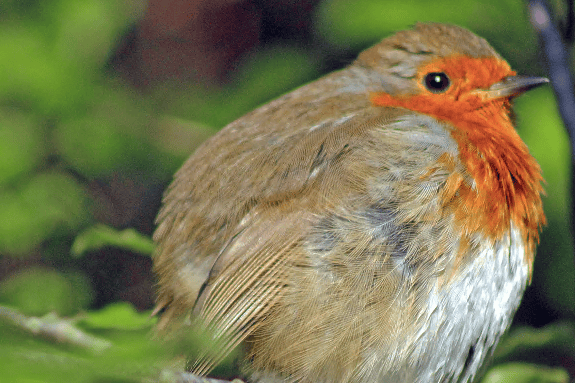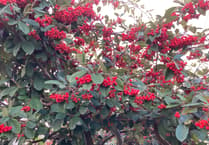DESPITE the cold and frequent rain showers, I continue my daily walks around different parts of the parish, and last week I found a single lesser celandine out in bloom over on a farm entrance near the village cemetery.
Oddly, this was the same spot where I photographed the first one of 2023 that I discovered on January 5.
Like a lot of other plants, they seem to be blooming earlier every year.
As most people know, the lesser celandine was the favourite flower of poet William Wordsworth and he wrote, if I remember correctly, three poems about these lovely blooms.
A few primroses are on show now along the roadside and these plants are among the first to flower in the Spring when there are no leaves on nearby trees to block out the sun.
Obviously, because of climate change, thanks to all those jet airliners, etc, they are making use of our milder weather.
I have seen several daffodil and snowdrop plants that have already forced their pointed leaves through the soil, and the well named winter heliotropes are in their flowering stage and plenty of them can be seen over near Trehunsey Cross.
There is also a large group of them down beside Callington Newbridge car park.
I spotted a Dunnock, a bird that we always called a Hedge Sparrow, although they are of no relation to the Tree and House Sparrows.
Dunnocks build their nests of twigs and moss, usually in a thorn tree, and lay lovely greenish/blue eggs, but the Tree and House birds lay light green eggs that are covered in brown streaks and blotches.
Dunnocks are rarely seen in the parish nowadays and their numbers are definitely declining, but back in my schooldays we would see a dozen or more on a walk around farmland.
I saw a robin on the hedge in the village and it looked very fat so it must be making use of several garden feeding stations around here.
These stations are very important at this time of the year.
An evergreen tree that produces red berries to provide winter food for wood pigeons, starlings and especially members of the thrush family, is the easily recognised holly with its shiny green leaves.
A clever tree as all its lower leaves have sharp spines to ward off browsing deer, but higher up, where the deer cannot reach, its foliage is spineless.
Bunches of berry – bearing holly is used as Christmas decoration to brighten homes during the flowerless depth of winter, as were the berries and leaves of Ivy when the two were held to have magical powers.
In fact, there is a Christmas carol written about them.
Ivy’s black berries are also eaten by several species of small birds.





Comments
This article has no comments yet. Be the first to leave a comment.